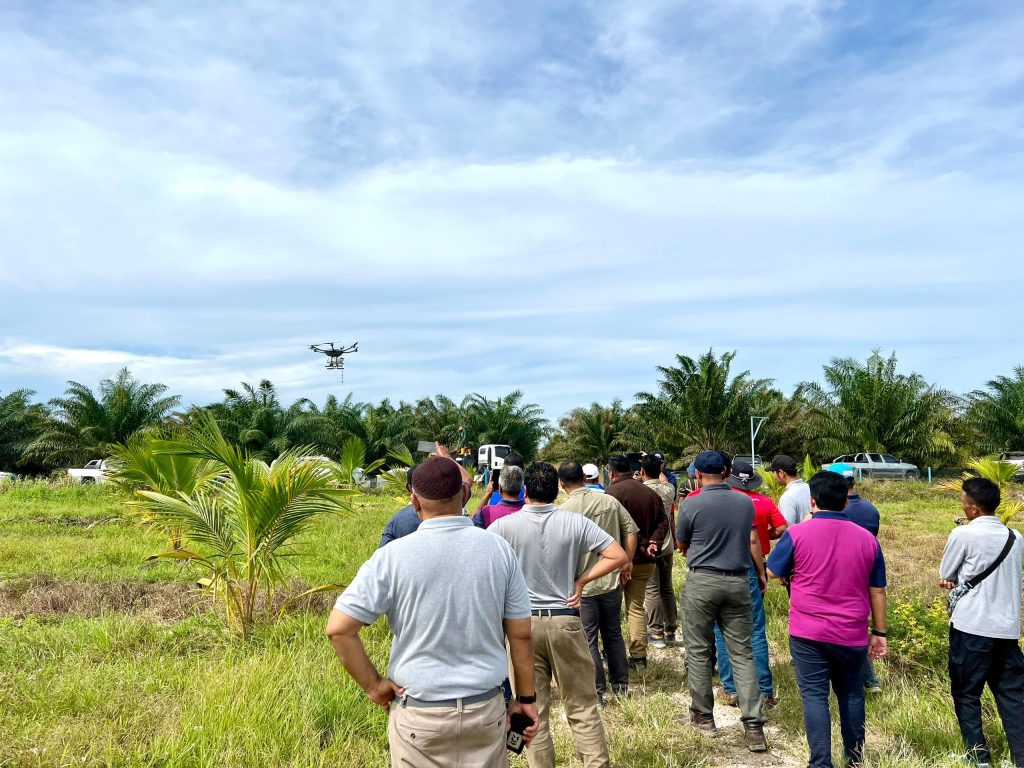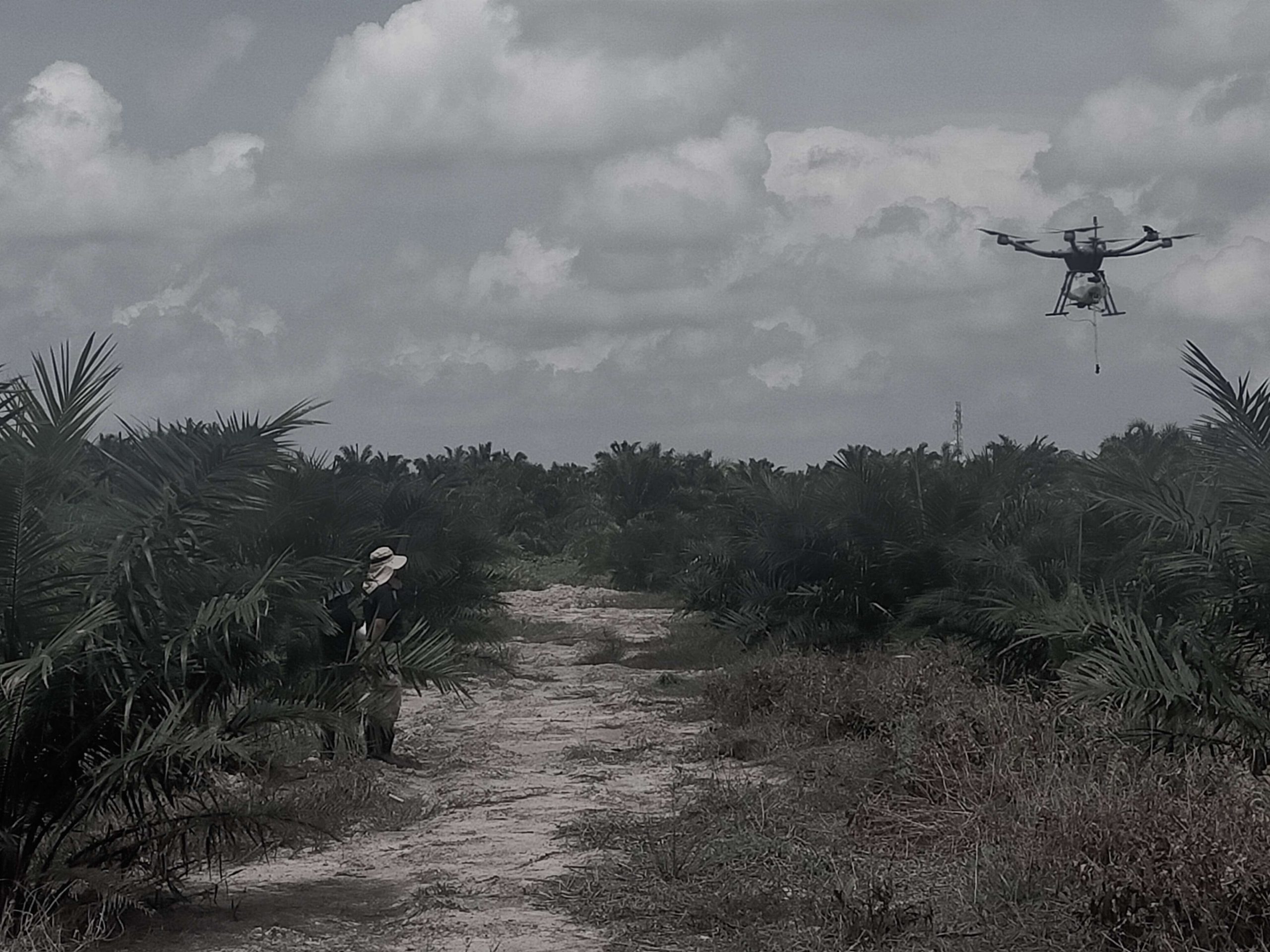Agriculture is experiencing a remarkable transformation, with drones emerging as critical players in the evolution of farming practices. Adopting agricultural drones, however, does present some challenges. In this article, we’ll explore the hurdles of agricultural drone adoption and offer practical solutions to assist you and other agribusinesses in seamlessly integrating this cutting-edge technology into your operations.
Navigating Regulatory Hurdles
Challenge:
One of the most significant challenges in implementing drone technology in farming is complex regulatory requirements. Different countries have varying regulations regarding drone usage, airspace permissions, and operator certifications, which can create confusion and delays for you.
Solution:
It would be best if you stayed informed about regional regulations. Engaging with local aviation authorities and seeking guidance from professional drone service providers can ensure compliance. Additionally, advocating for more explicit and streamlined rules can facilitate the broader adoption of agricultural drones.
Overcoming Technical Expertise Barriers
Challenge:
Operating drones and analyzing the data they collect require specialized skills. Due to the steep learning curve, you may need more time to adopt new technology.
Solution:
Investing in comprehensive training programs is essential. Drone manufacturers and service providers should offer hands-on training, online tutorials, and support forums to help you become proficient. Partnering with agricultural drone services companies for ongoing education and troubleshooting can further ease the transition to using agriculture drones.

Managing and Analyzing Data
Challenge:
Drones generate large volumes of data that must be processed and analyzed for validity. Managing this data and extracting actionable insights can be overwhelming for you unfamiliar with data analytics.
Solution:
Utilizing user-friendly software platforms that integrate seamlessly with drone technology can simplify data management. These platforms should feature intuitive interfaces, automated data processing, and straightforward visualization tools. Collaborating with data analysts or agricultural drone services companies can help you make sense of the data and apply it effectively to improve your farming practices.
Addressing Environmental and Operational Limitations
Challenge:
Environmental factors such as weather conditions can affect drone performance. Limitations like battery life and flight range can also restrict drone usage for large-scale farming operations.
Solution:
Investing in drones with longer battery life and enhanced weather resistance can mitigate some of these challenges. You should develop contingency plans for adverse weather conditions and consider using multiple drones to cover larger areas efficiently. Continuous technological advancements also address these limitations, making drones more reliable and effective in various environmental conditions.
Tackling High Initial Investment
Challenge:
The cost of acquiring and maintaining agricultural drones can be a substantial barrier, especially for small to medium-sized farms. High-end drones with advanced sensors and cameras are expensive, and additional software, training, and maintenance costs can add up.
Solution:
To alleviate the financial burden, you can explore financing options such as government grants, subsidies, and agricultural loans. Collaborating with drone service providers that offer rental or pay-per-use models can also reduce upfront costs. Demonstrating the long-term cost savings and productivity gains from drone usage can justify the investment.
Ensuring Integration with Existing Systems
Challenge:
Integrating drones with existing agricultural systems and workflows can be challenging. You may need help synchronizing drone data with their current management software.
Solution:
Choosing drone systems compatible with popular agricultural management platforms can ease integration. Service providers should offer customization options to align with the specific needs of different farms. Conducting pilot projects and gradually scaling drone usage can also ensure a smooth transition, allowing you to adapt to new technology without disrupting their operations.
Conclusion
Adopting agriculture drones presents several challenges, but the potential benefits outweigh the obstacles. By addressing regulatory, financial, technical, environmental, and integration issues, you can unlock the full potential of drones. These flying marvels can enhance productivity, sustainability, and profitability in the agricultural sector, paving the way for a more efficient and sustainable future in farming.
By proactively tackling these barriers to using drones in agriculture, agribusinesses can lead the charge in modernizing agriculture, ensuring they remain at the forefront of innovation and efficiency in farming practices. Understanding the hurdles and implementing practical solutions will help make adopting agriculture drones a seamless and rewarding experience.

